Upgrading Your Gas Mask: DIY Positive Pressure

In combat, PAPR blowers lend themselves to CS aided room clearing operations. Outside of combat, they are the premier luxury of any decon cleanup crew.
Why have a PAPR blower:
Leaks: Due to the fact that a PAPR blower creates a positive pressure environment inside your mask, the effect of leaks is greatly mitigated. When a gas mask is normally being used, inhaling will cause possibly contaminated air to ingress into the mask. With new air being forced into the mask at all times, outside contaminated air cannot enter through one of these gaps.
Filter Lifespan: In a contaminated environment, all filters have a lifespan. When they have been exposed to enough toxic gasses, the sorbent can no longer capture harmful particles. A blower will allow you to have multiple filters mounted at once, allowing you to double or sometimes even triple the amount of time you could spend in that environment.
Breathing Resistance: When inhaling through a filter, your lungs must work hard to overcome the resistance of the canister to breathe in fresh air. A PAPR blower’s motor takes away this work, making breathing far easier. This can also mitigate the headaches and lightheadedness some people experience when using a gas mask.
Head Weight: Filters are heavy. When added together with the load of a helmet, ear protection, night vision, and possibly even a counterweight; the amount of weight loaded on your head can get unbearably high. A blower unit offsets that weight to a different part of your body, connecting back to the mask with a tube.
All things considered, PAPR blowers are just a nice addition to have. Sure, they are not an end all be all to every CRBN need out there, but they certainly help a great deal.
So why doesn’t everyone have a PAPR blower?
Unfortunately, with all of these upsides comes one huge downside: Cost. PAPR blowers meant for military masks are expensive. A used C420 blower can easily go for $200 used. A supergum onyx 90 at its cheapest can go for nearly $400. None of these are cost effective and readily accessible for the average person.
This is where the 3M breathe Easy comes in. Originally designed for the medical industry and first responders, the breathe Easy is a blower designed to inflate a protective hood. These units are cheap, ranging widely in price from $90 to a mere $20. They accept three filters rather than the usual two that most PAPR blowers take, and even runs off an external battery designed to be swapped as fast as possible. Sounds perfect, but then why aren’t these used more?
The breathe Easy is not designed as a blower for a conventional gas mask. There are few if any 40mm tubes designed for the system. Batteries are scarce, sometimes costing more than the blower itself. The batteries also use a proprietary three prong connector; found on absolutely no other devices. The reason for the cheap price is simple: no one has the equipment to run them anymore. Breath Easy’s simply get phased out and sold off to the surplus market.
However this blower is just to alluring to ignore. With the right parts and some small upgrades, the breathe Easy can be turned into a cheap versatile system capable of hooking into any 40mm NATO mask and running off of common phone power banks.
Upgrading the 3M breathe Easy:
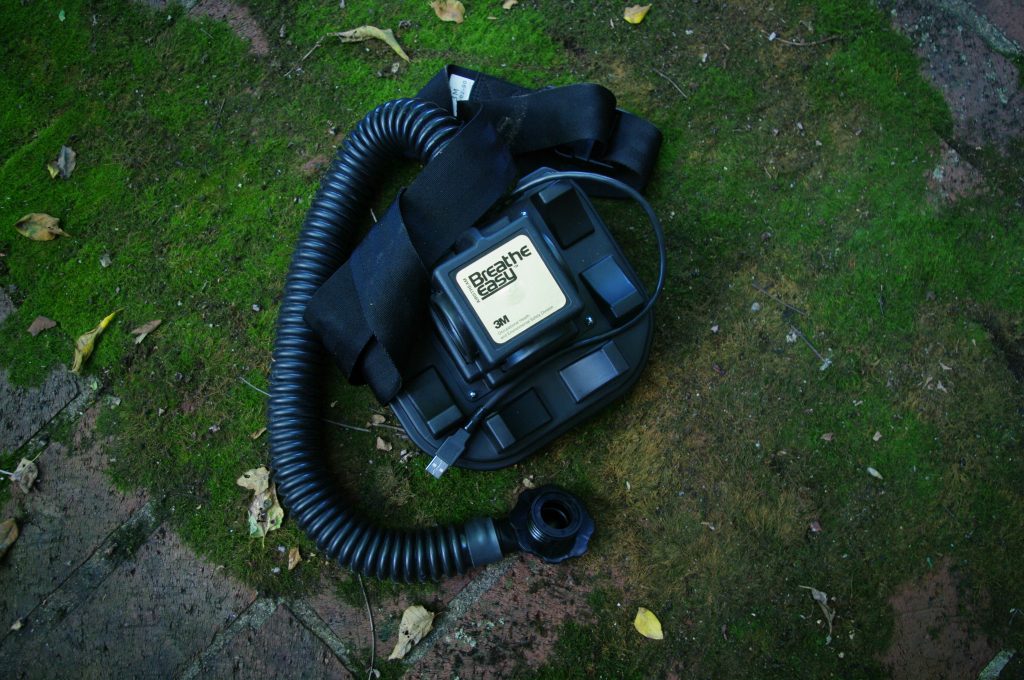
Tools:
- Scissors
- Needle-nose Pliers
- Soldering Iron
- Heat Gun
Components:
- 3M breathe Easy
- Solder
- 40mm NATO donor hose
- USB plug component
- Shrink tube
- Electrical tape
- Hose clamp
The Hose:
If we want a chance of being able to use this blower, we need a way to connect it to a 40mm NATO mask. Unfortunately, it’s unclear if a OEM 40mm hoses for this blower even exists. Therefore, we are going to need a donor hose. I used a USGI surplus close quarters combat “non metallic” extension hose (NSN # 4720015159261). These are cheap and common, coming in at about 12 USD with shipping from Ebay.
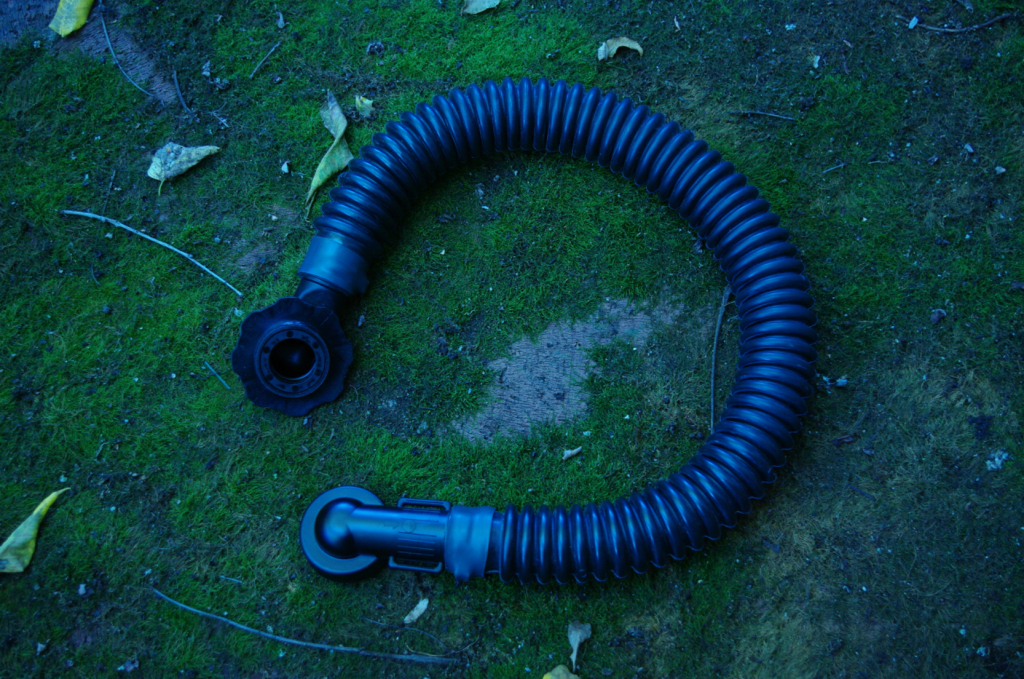
First we need to remove the female end of the hose. Carefully cut off the ranger band on the base of the female hookup, exposing a stamped, sheet metal hose clamp securing the rubber tube to its plastic connector. Using a pair of needle nose pliers, carefully peel the hose clamp out of the stamping holding it in place. After this part has been removed, the female hookup can easily be pulled out from the tube.
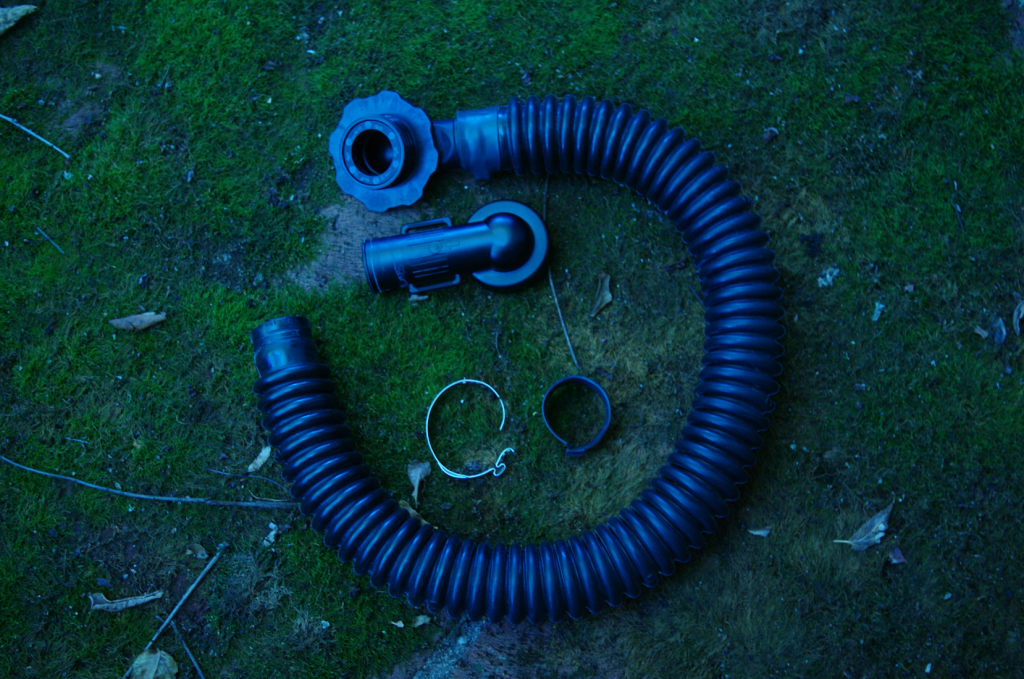
Slide the hose clamp over the tube in preparation to secure it to the blower later on. If you don’t slide it over now, it won’t be impossible to get on later, but it will be significantly harder.

Next you will need to stretch the butyl tube over the Breathe Easy’s tube hookup located on the top of the blower unit. Some patience is required here, this task is a lot harder than you might assume. Shim the rubber tube as far down the plastic outlet as you possibly can, giving yourself a good amount of real-estate for the hose clamp later. Pay attention to the orientation of the male 40mm hookup. You will not be able to adjust the tube later on, so make sure it is facing a direction that will work well with your gas mask.
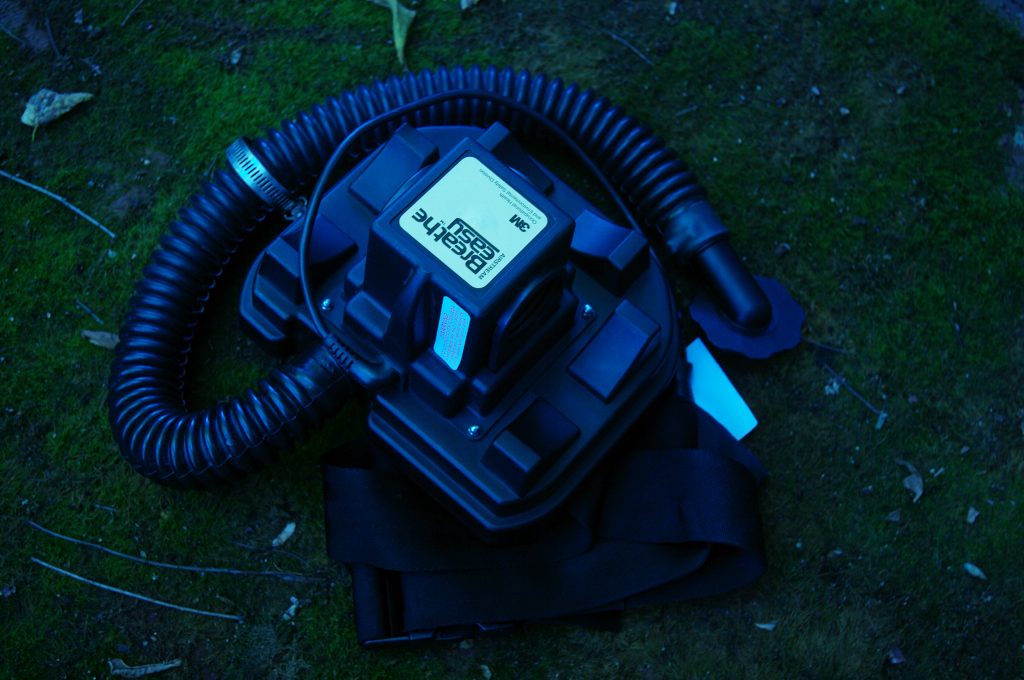
Once the tube is fully secured onto the blower, move the hose clamp under the lip of the blower and screw it down. This will attach the butyl rubber tube to the blower in a more secure fashion. While this seems like a bit of an irregular solution, 3M’s own instruction manual calls for similar measures to secure the original OEM tubes.
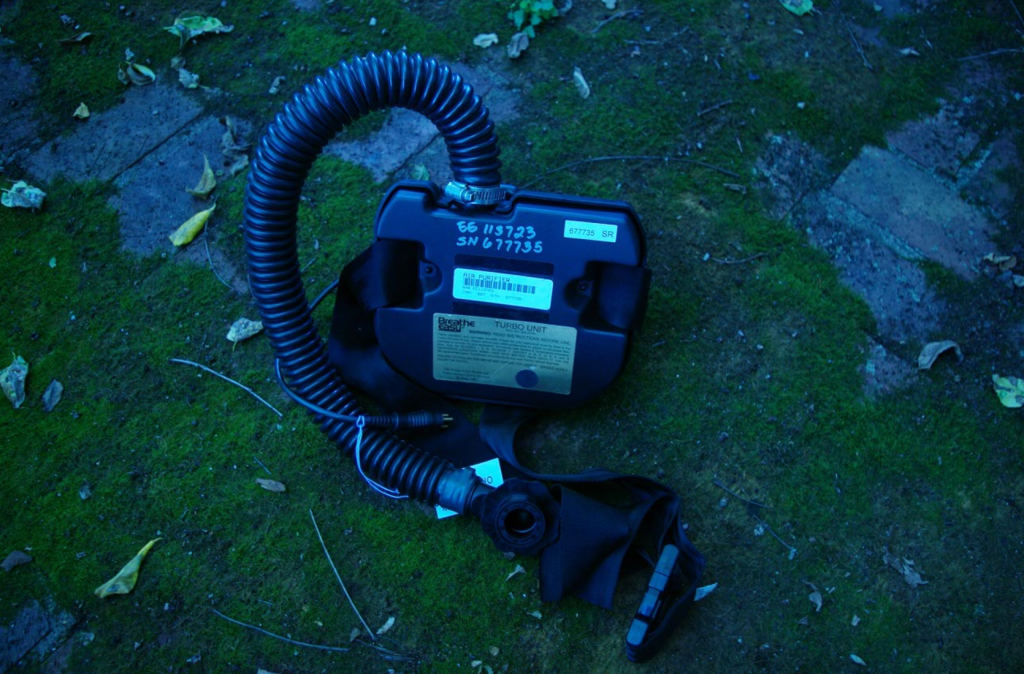
The Battery:
While these are designed to take a proprietary 3M specific battery, the Breathe Easy needs about 4.8v to operate. The average USB power bank at minimum supplies 5v. With a quick swap from the proprietary three prong plug to a USB, we can run it off of essentially any phone charging system.
Sever the original connector from the wire at the base. Leave as much wire as you can. Slide a piece of shrink wrap tubing down the cable for later on. We will want this to create a cable relief so that the wire does not bend and break itself at the USB.
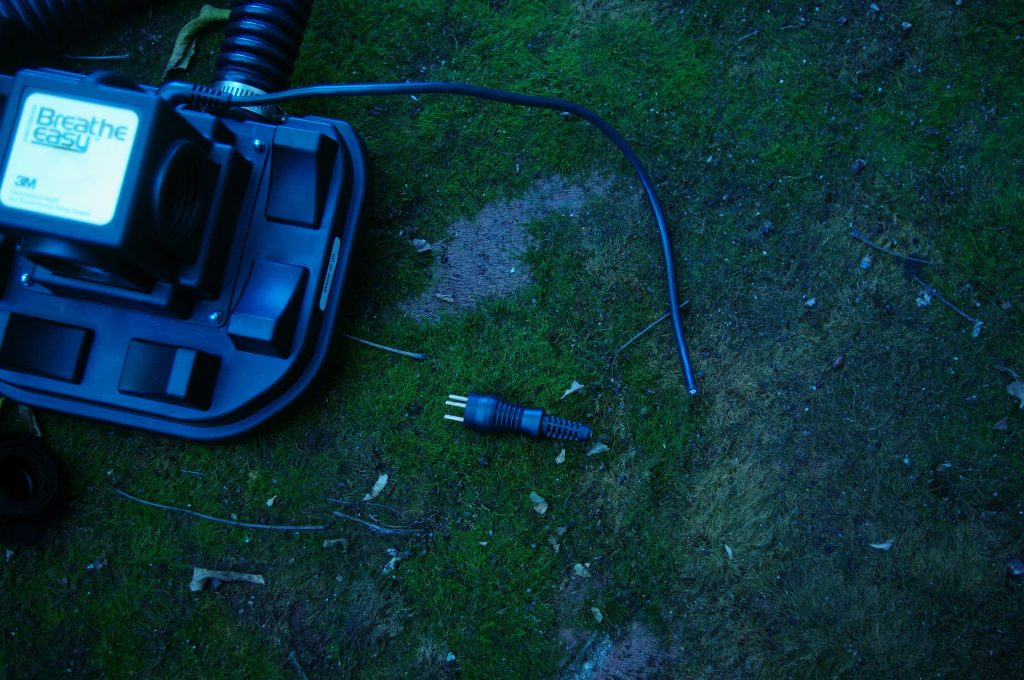
Solder the red and white ends onto your USB connector. The white cable should be soldered to the farthest right contact, with the red cable connected to the farthest left contact.
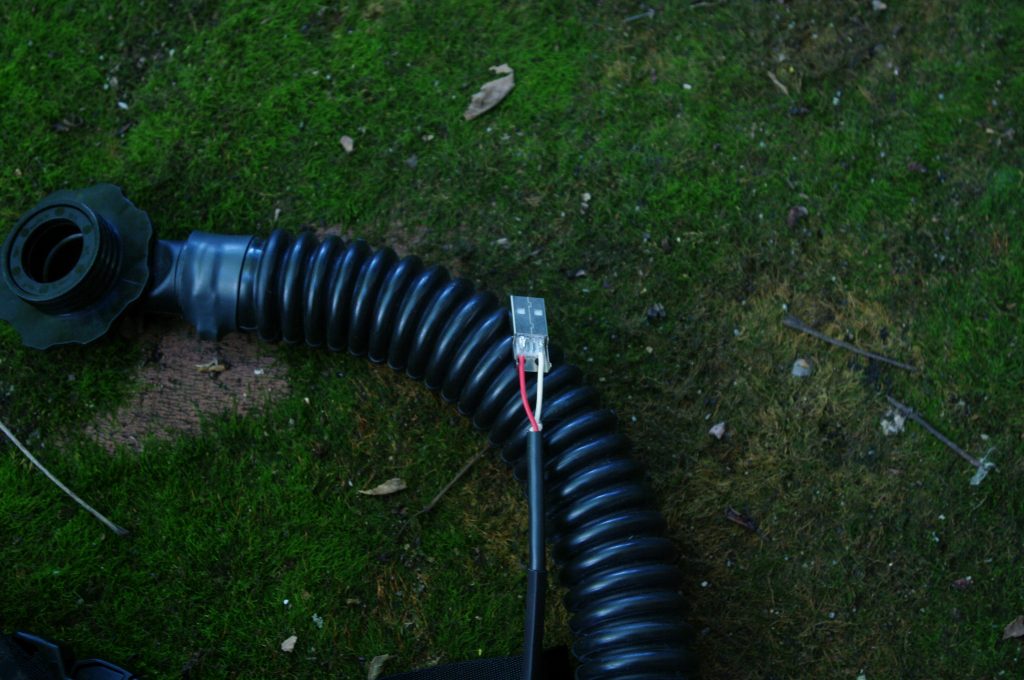
After you are done, enclose the USB connector in its housing. Move the shrink tube up and use a heat gun to secure it around the tip of the USB connector and the cable. I also added a length of electrical tape to prevent it from bending further.

Now your PAPR blower should be able to accept a USB powerbank. Make sure to test it, and ensure that you soldered the contacts to the USB connector properly.
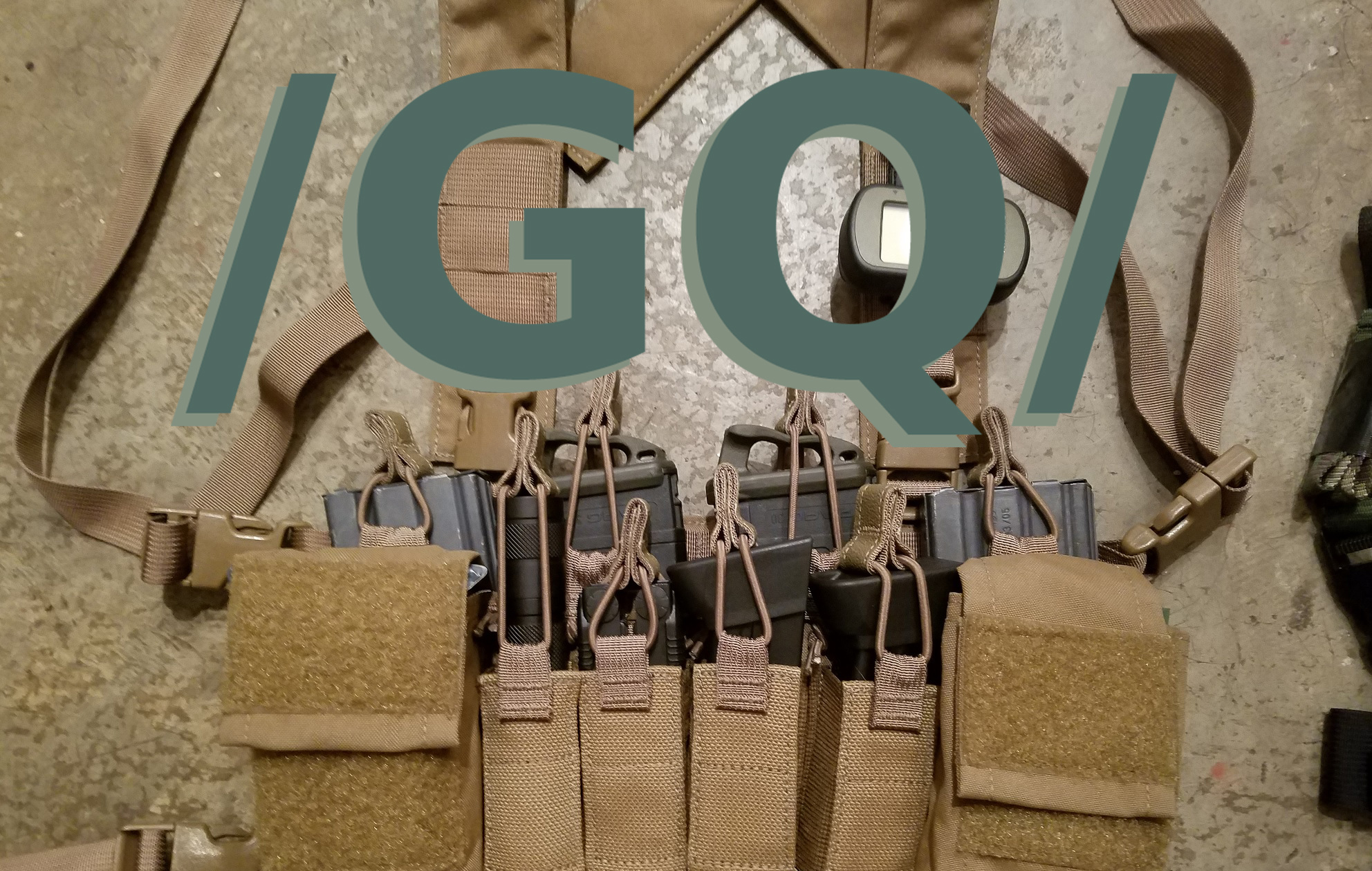
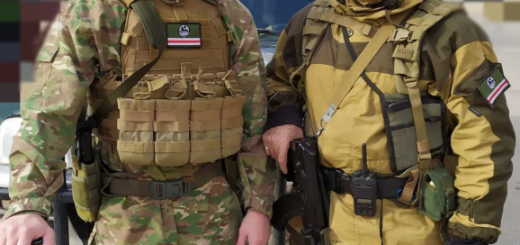
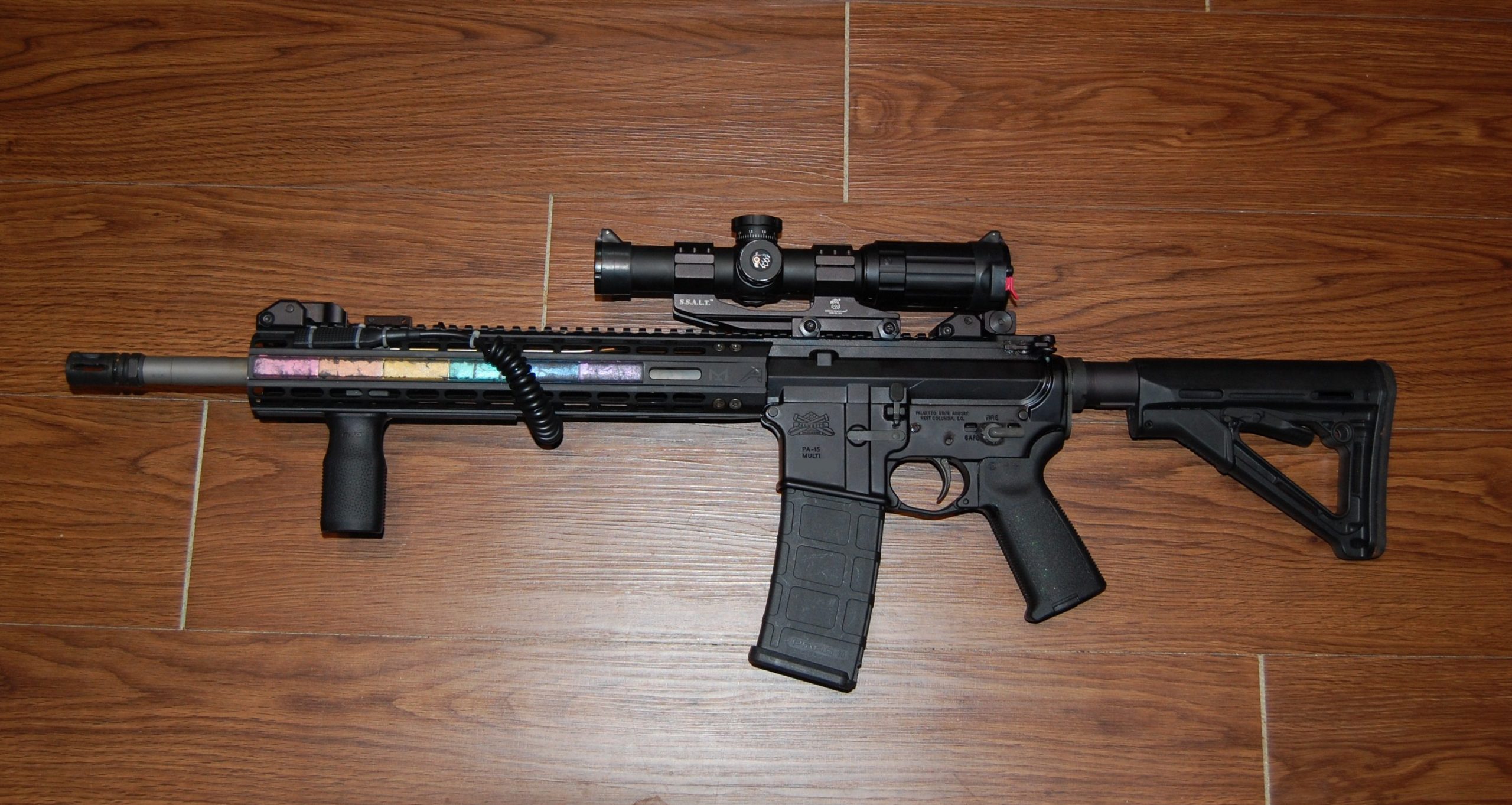


Good post, but I’m a little unclear on some of the details. Is the hose modification to allow the blower to attach to a mask? So the BreatheEasy still uses proprietary 3m filters, and not commonly available 40mm? What are the limits of those filters?
The hose modification should allow it to work on any 40mm gas mask. As per the filters, the 3m breath easy will take any 40mm NATO/STANAG filter you throw at it. No need to worry about 3m’s proprietary filters and their ratings.